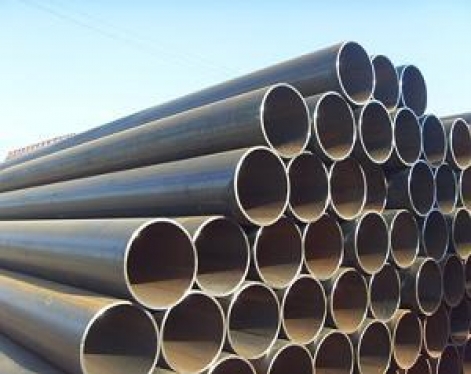
Heat treatment refers to a metal thermal processing process in which steel pipes (such as seamless pipes and welded pipes) change the chemical composition and structure of the surface or interior of the material by means of heating, heat preservation and cooling in a solid state to obtain the required properties. The heat treatment of steel pipe mainly includes quenching, annealing, tempering and normalizing. Among them, quenching and tempering are closely related, and they are often used together, and both are indispensable.
Read more
Bright heat treatment is that the stainless steel tube should be heated in a vacuum furnace or ammonia decomposition, inert gas, and reducing atmosphere to avoid oxidation, so as to obtain a bright surface heat treatment effect
Read more
The reject rate of seamless pipes caused by the quenching process in the heat treatment process is often high, which is mainly due to the formation of large thermal stress and structural stress during the quenching process. In addition, due to factors such as inherent metallurgical defects, improper material selection, wrong materials, poor structural design, defects formed during cold and hot processing, etc., they are easily exposed in the quenching and tempering process.
Read more
The common tempering defects in the production of seamless pipes are: too high or too low hardness, uneven hardness, and deformation and brittleness caused by tempering.
Read more
Submerged arc welding is a welding method in which an arc burns under a layer of flux. Its inherent advantages such as stable welding quality, high welding productivity, no arc light and little smoke make it the main welding method in the manufacture of important steel structures such as pressure vessels, pipe section manufacturing (such as SSAW pipe and LSAW pipe), and box-shaped beams and columns.
Read more
Some seamless steel pipes need shrinking and flaring to produce products. The shrinking and flaring of seamless steel pipes is a forming process in which the mouth of the pre-formed steel pipe is reduced and enlarged through the shrinking and flaring dies.
Read more